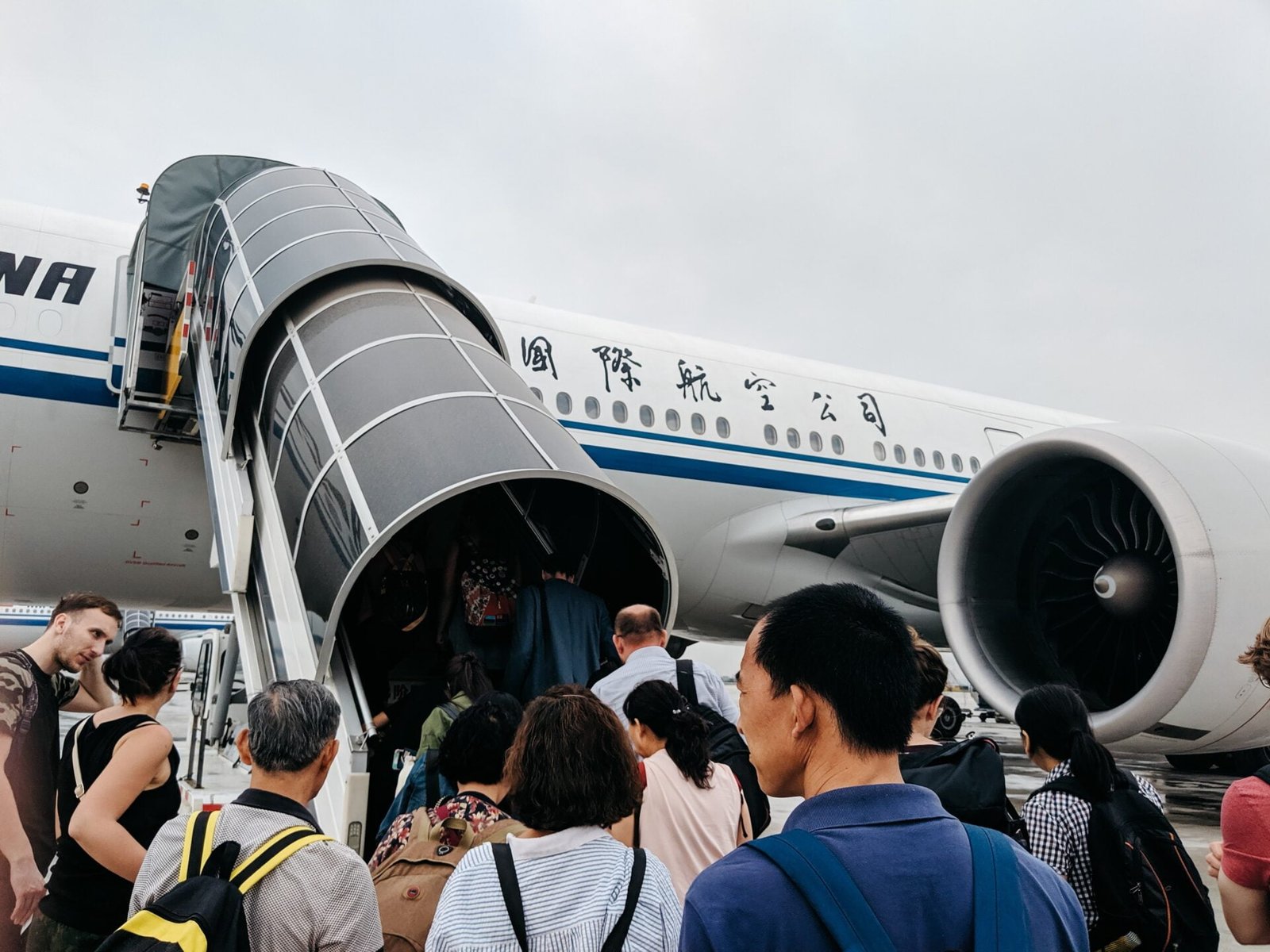The Spring Festival travel rush, which marks the celebration of the Chinese New Year, officially ended on Wednesday. The travel season, also known as “chunyun,” saw many Chinese people traveling to reunite with their families for the Chinese Lunar New Year. The rush lasted for 40 days, beginning on Jan. 7 and saw over 1.5 billion trips made by rail, highway, water, and civil aviation.
Tourists began to increase in mid-January, a week earlier than in previous years, due to pent-up demand for consumption that even “extended” this year’s travel rush. Many incoming travelers arrived much earlier than expected, while many left much later than anticipated.
According to Mou Xuemei, the general manager of a travel agency in Lijiang, the number of tourists usually wanes on the sixth day of the first lunar month, usually the last day of the week-long holiday. But this year, the drop in tourist levels was delayed for another week.
During the holiday, Yunnan alone recorded over 45.1 million tourist arrivals, up 244.7 percent year on year. Together they generated a total tourism revenue of 38.4 billion yuan, an increase of 249.4 percent from a year ago. Both these figures were about 30 percent higher than the pre-epidemic level in 2019.
The tour operators in Yunnan have witnessed one reflection of a vigorous, flourishing Chinese economy on the fast track of recovery. Eager travelers packed train stations, airports, eateries, tourist attractions, and homestays, unleashing a stunning consumption revival.
After three years of relying on video chat, Wang Lin, 28, spent “the best Spring Festival ever” this year, reuniting with her parents on a trip to Sanya. “Face-to-face chat and home-cooked meals, such things can never be replaced,” said Wang Lin, who was wowed by the large-scale flow of people at the airport and scenic spots.
Data from ride-hailing company DiDi shows that from Jan. 7 to Feb. 14, DiDi’s ride-hailing and taxi orders continued to increase and had recovered to more than 90 percent of the number recorded in 2019. Beijing, Shanghai, and Guangdong Province saw orders restored to more than 90 percent of pre-epidemic levels during the holiday season.
The holiday season also had a significant impact on small businesses. Tao Kangjia, a courier for Meituan Waimai, a major food delivery platform in China, worked in one of the most prosperous areas in Nanjing, the capital of east China’s Jiangsu Province. Tao worked about eight hours a day in the holiday season, earning over 10,000 yuan in a month.
Congested shopping malls, traffic jams, and long queues for dinner were scenes that used to annoy Tao, but he was delighted to see the return of such scenes during the Spring Festival this year. “Some stores went out of business over the past two years due to the epidemic, but this year, most of them remained open to serve the large number of customers,” Tao said.
